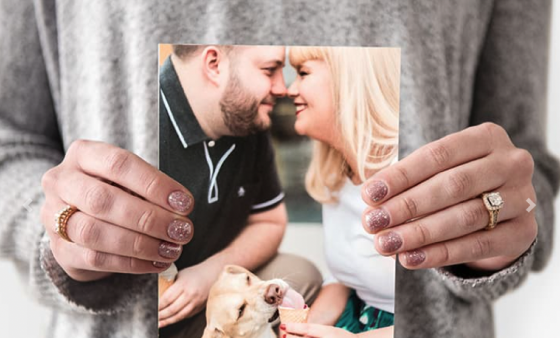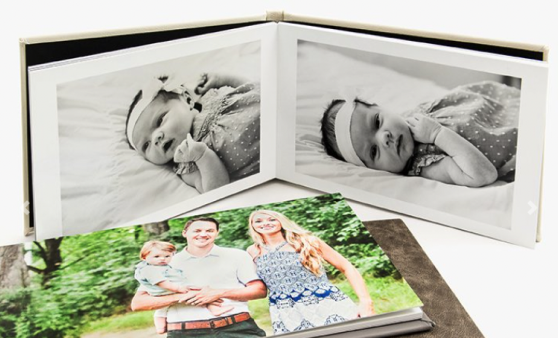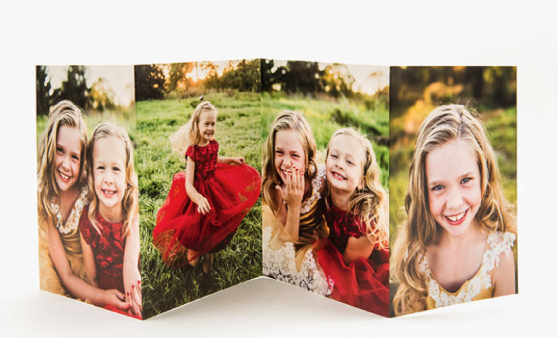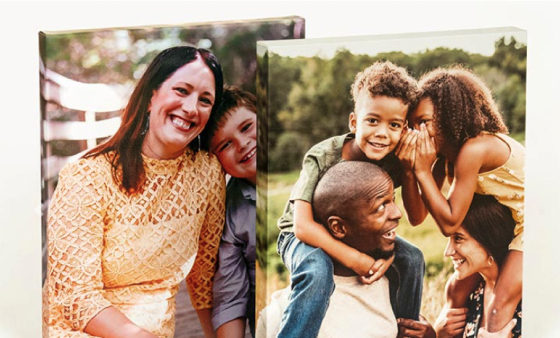As we settle into the new year, it’s a great time to try something new when it comes to our photos. Why not start with street photography? Generally, street photography is a type of photography that features chance encounters and random incidents in public. Street photographers act as “observers” of the streets, often focusing on human behavior and with a goal to act as recorded history.
Here’s everything you need to know about becoming a street photographer:
Get the right equipment.
When you’re shooting on digital or on film, your lens choice is key for street photography. The most popular lenses for street photographers are prime lenses like 35mm or 50mm. These lightweight and fast options are perfect for carrying around your equipment all day and capturing quick moments.

Know your settings.
It’s time to get to know Manual mode! Since street photography is so fast, you’ll often want to start shooting with a 1/250 shutter speed, so your moving subjects can be frozen. If the blur of a photograph tells the reality of the situation, you can test some shots with a 1/160 or 1/125 shutter speed.
Context is incredibly important in street photography. Having a small aperture can help you capture multiple subjects or a meaningful background.
With a fast shutter speed and a small aperture, you’ll need to bump up your ISO (unless you’re shooting in bright sunlight, of course). This may give your shot a bit more grain, but that’s not a negative!
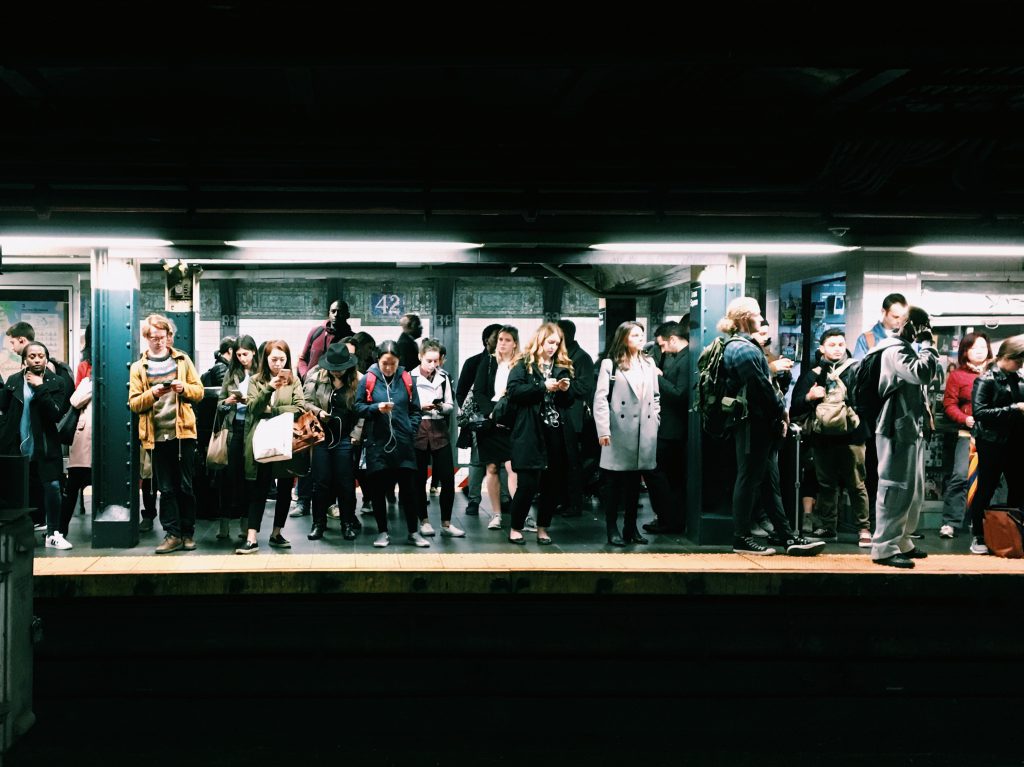
Try and try again.
When trying any new style, you’re not going to become a master with your very first photo. Your first shots may be uninteresting or technically unimpressive. It will take some time to develop your voice and your style. Maybe your first 50 photos will be terrible, but then you’ll get a great set that will help you learn for future snaps.
Location, location, location.
There’s a couple schools of thought around locations for street photographers. You could pick somewhere busy – like a block party, a community festival – because then you’re bound to have numerous fascinating things to photograph. You could also pick one spot – a public park, a busy street corner – park there, and let your subjects come to you.
Also, don’t feel like you have to do a different location every time you go out shooting. If you return to some of the same spots, you will get to know the area more intimately. Plus, as you sort through your pictures from that same location, you may begin to notice a theme that will propel you forward with your street photography (i.e. the changes in development in your once quiet neighborhood).
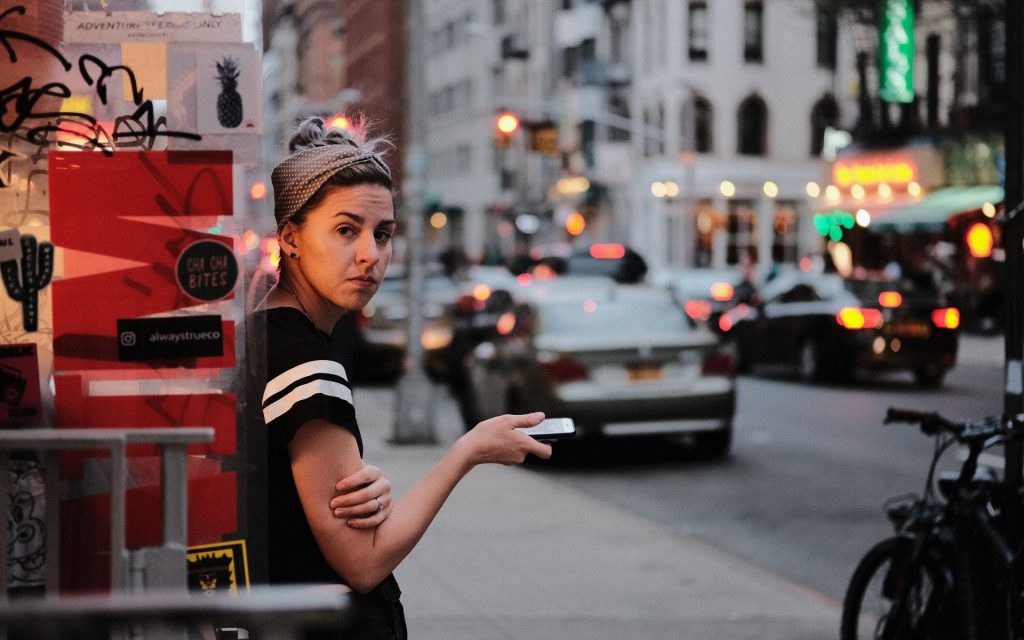
Don’t be afraid of getting “caught.”
As a street photographer, you may be in closer proximity to strangers than you normally would. Sometimes you may be able to photograph unnoticed; other times you may get a funny look from your subject. The best thing you can do if caught is to be honest! Say you’re doing a project on the streets and people of
One way to go unnoticed is to keep snapping! If your eye stays glued to the viewfinder, it won’t be obvious who (or what) you are photographing and you’ll have a series of photos of the subject moving around in your scene.
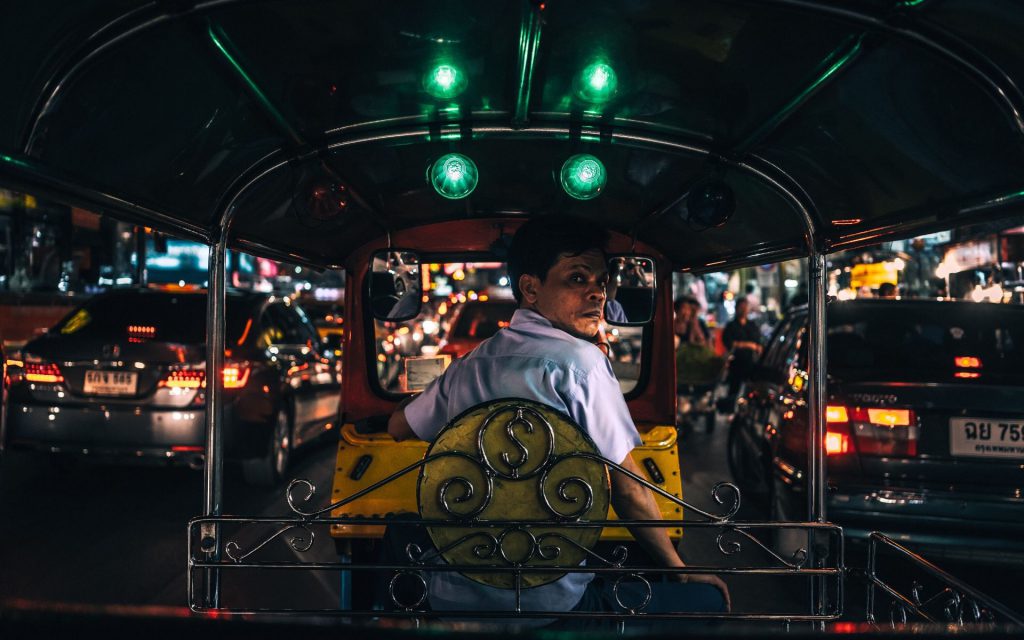
Get loose and go with your gut.
Street photography is, at its core, unplanned and candid. The moments you want to capture can come and go in a flash (pun intended), so be ready to shoot! Doing well with street photography means letting go of “perfection.” It’s meant to feel and look real, even if sometimes that realness can be awkward.
In addition, composition in street photography is much more fluid than other styles. Remember: this style is supposed to look spontaneous and instinctual, so you don’t have to stick to the rules of traditional landscape photography. In street photography, it’s not uncommon to see skewed horizons or other strange compositions.
Those are the basics of street photography! Now, it’s time to grab your prime lens, get outside, and experiment. Good luck!
